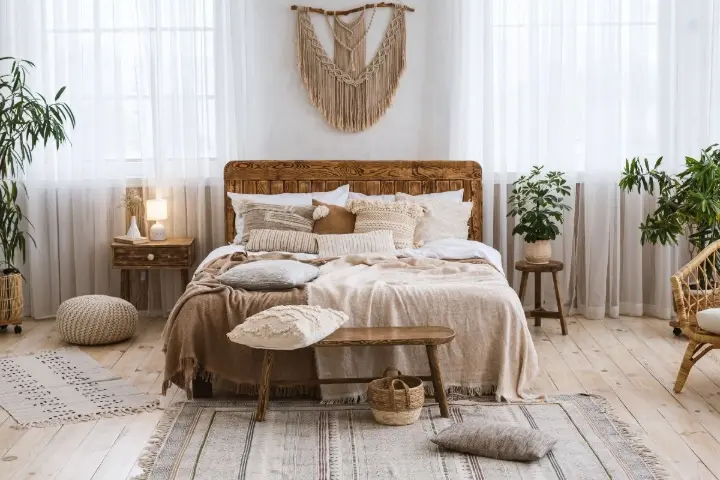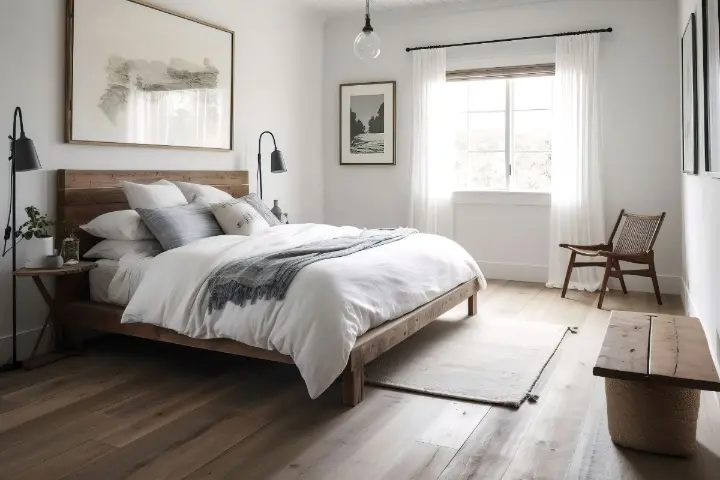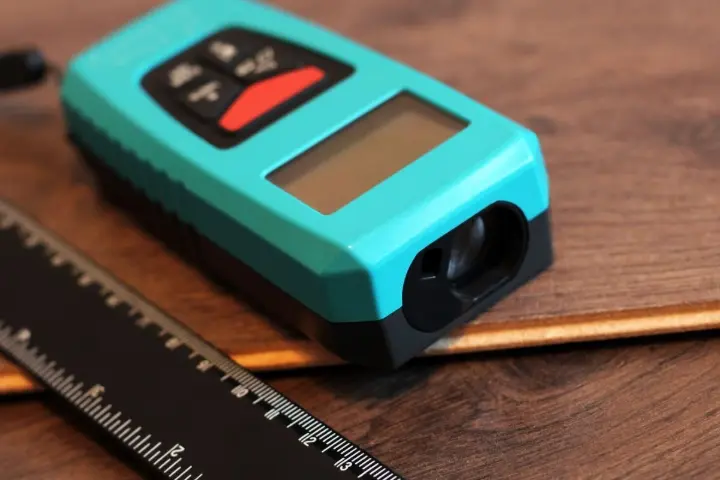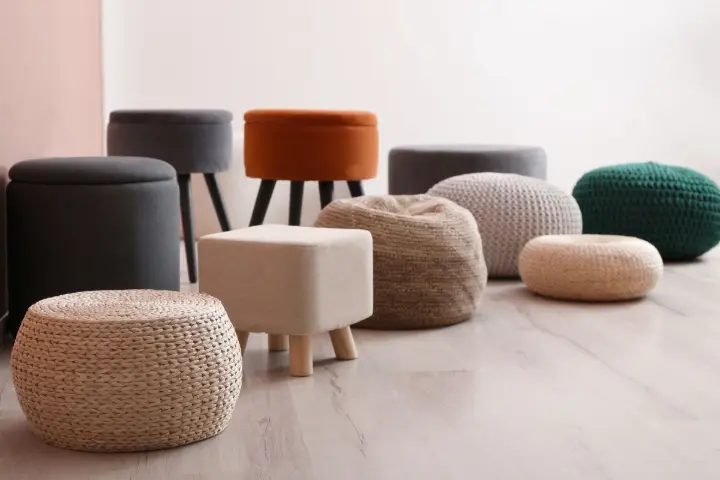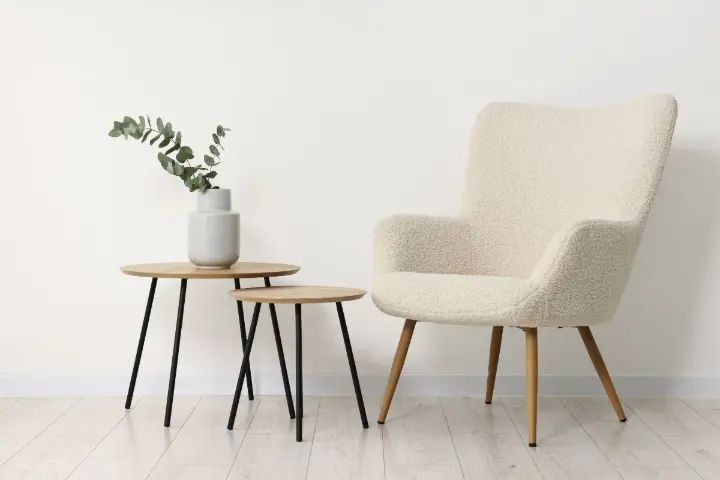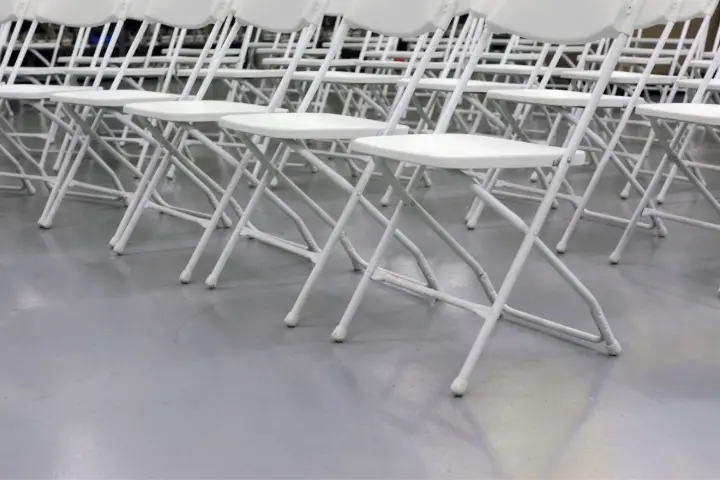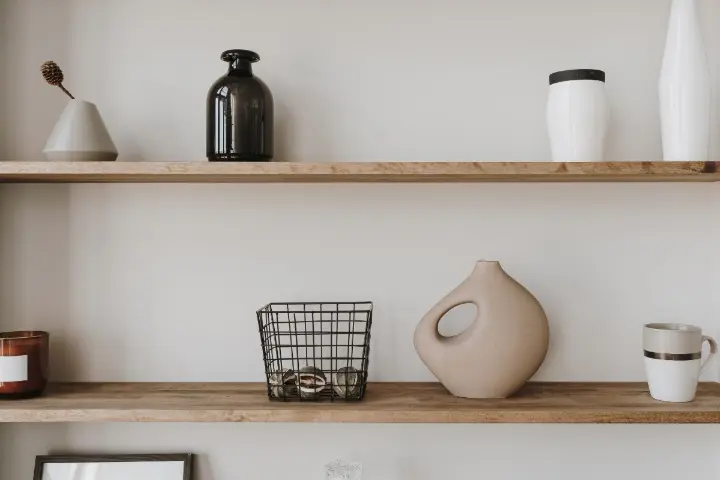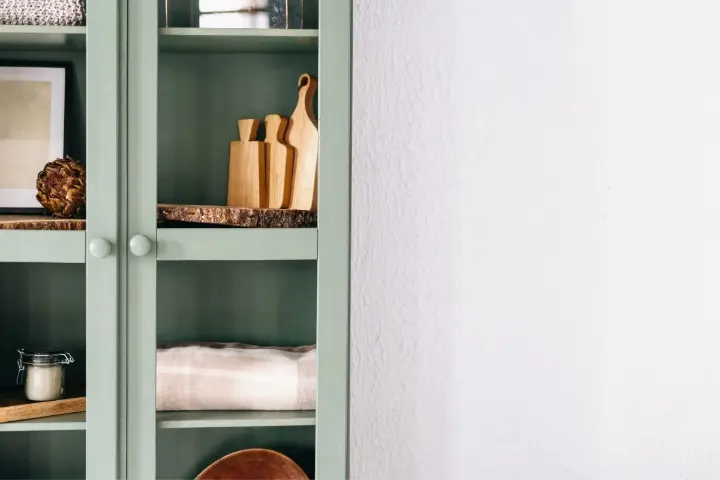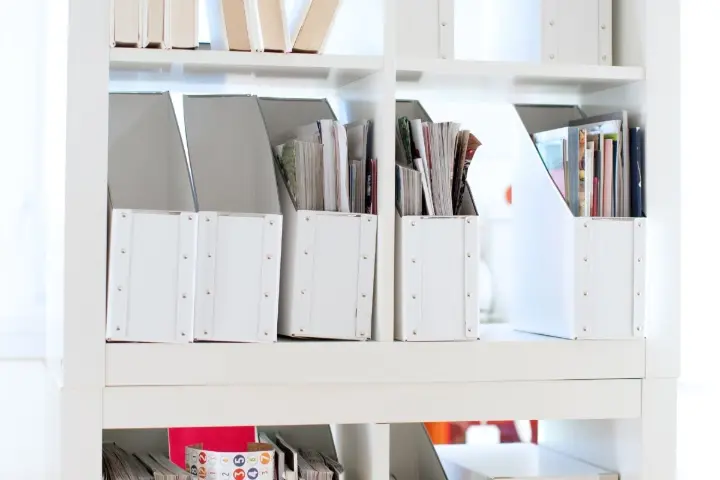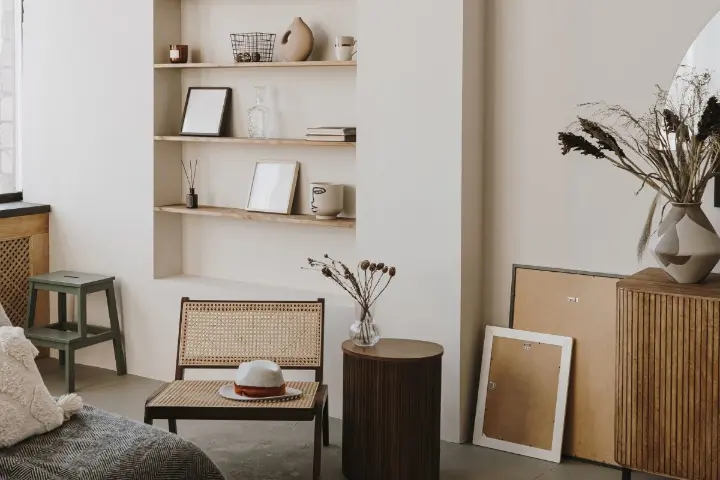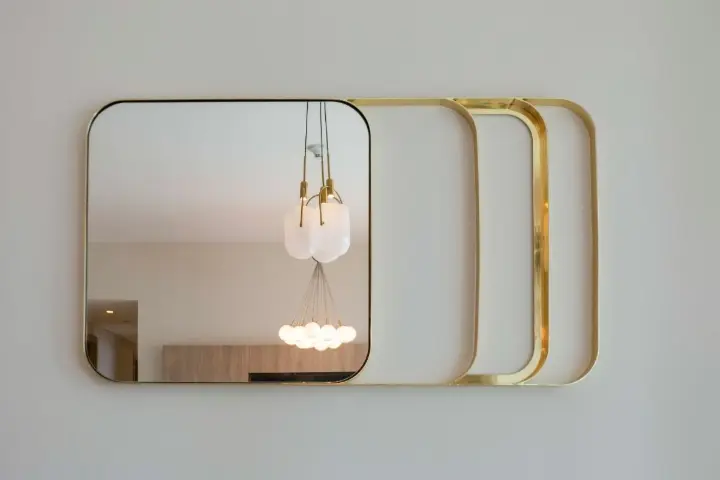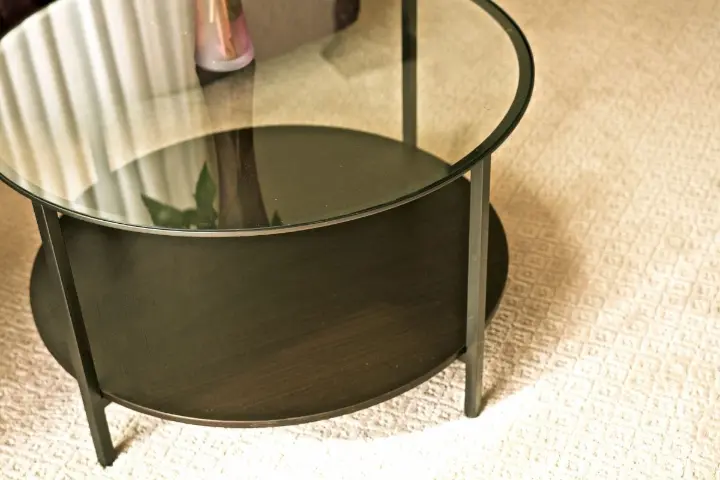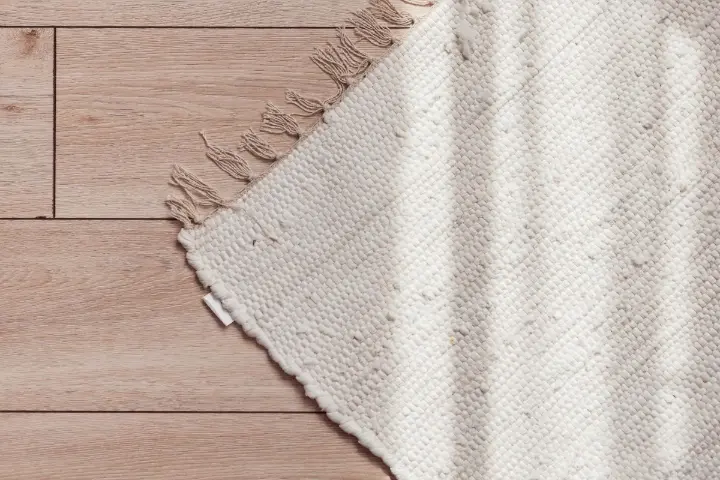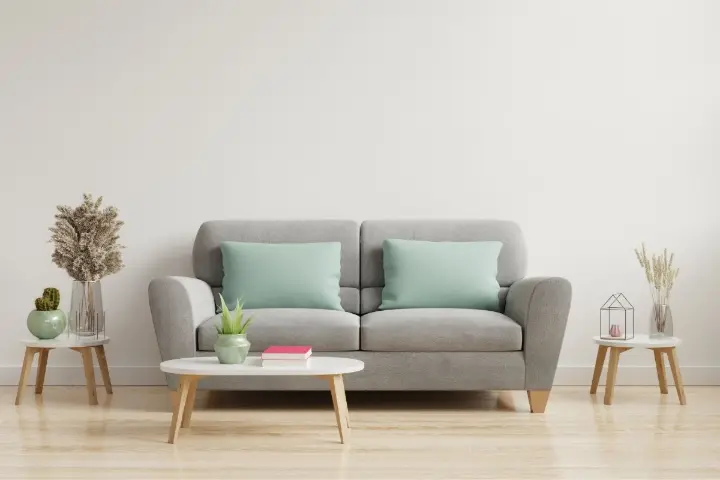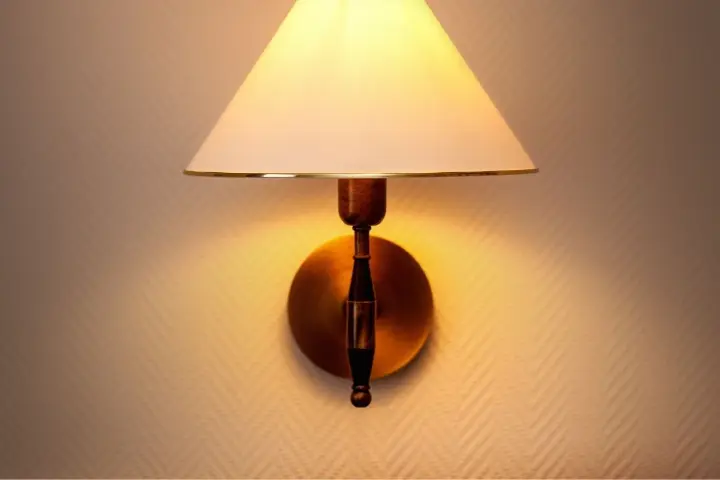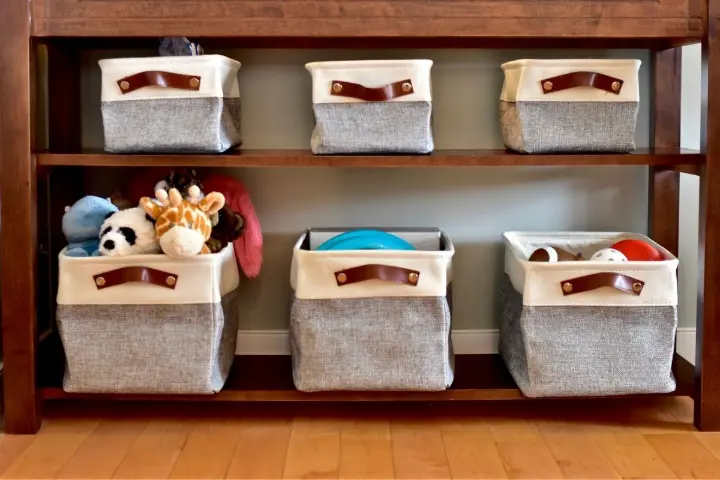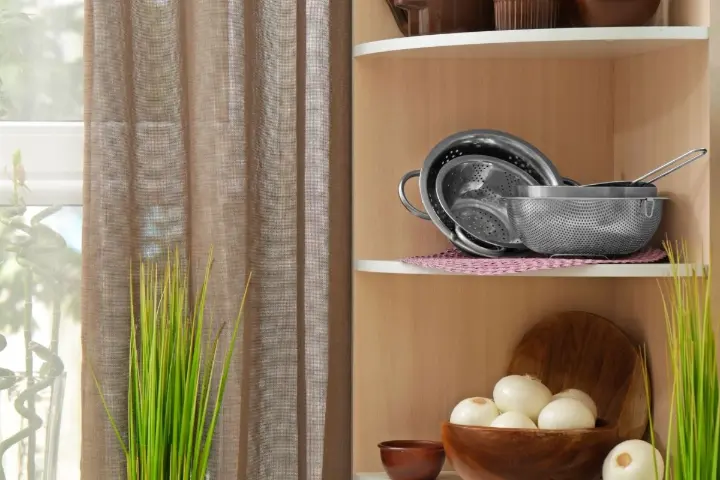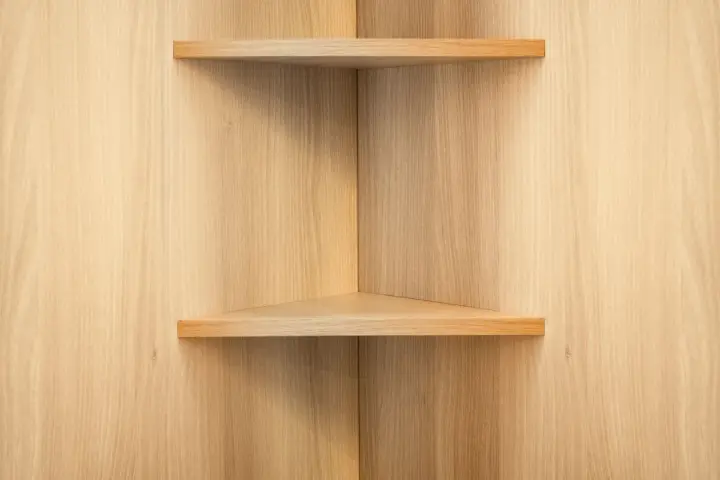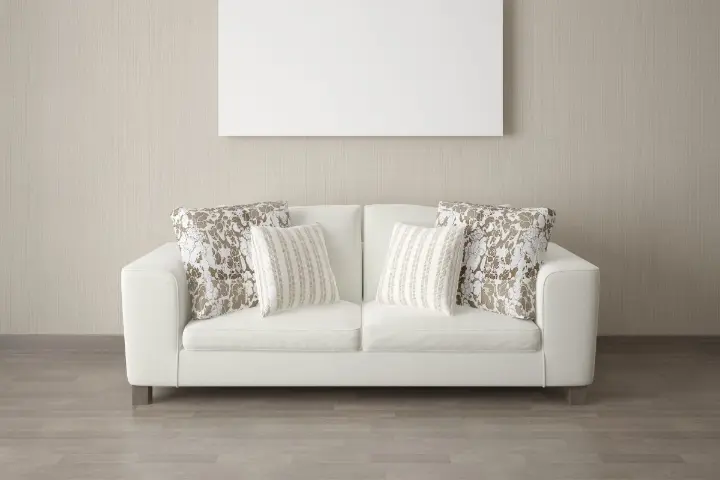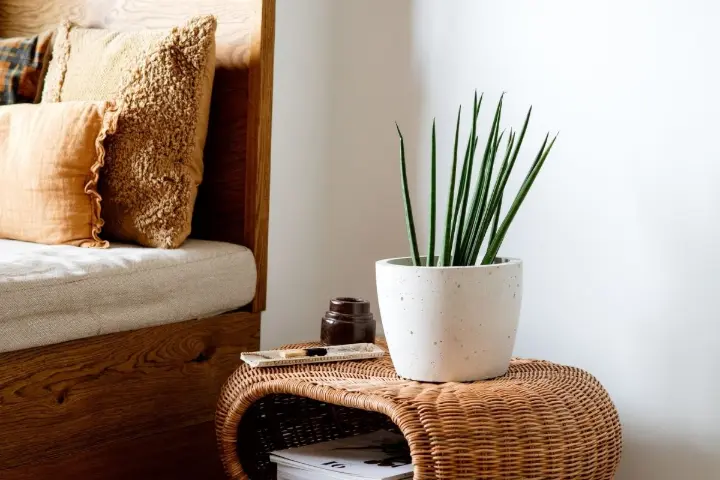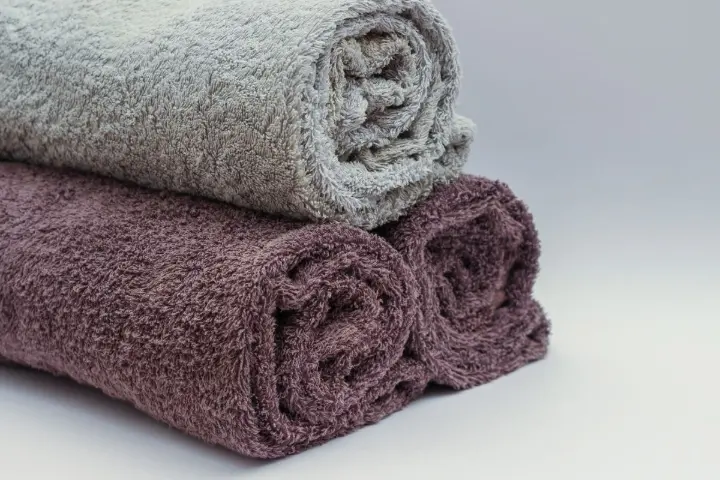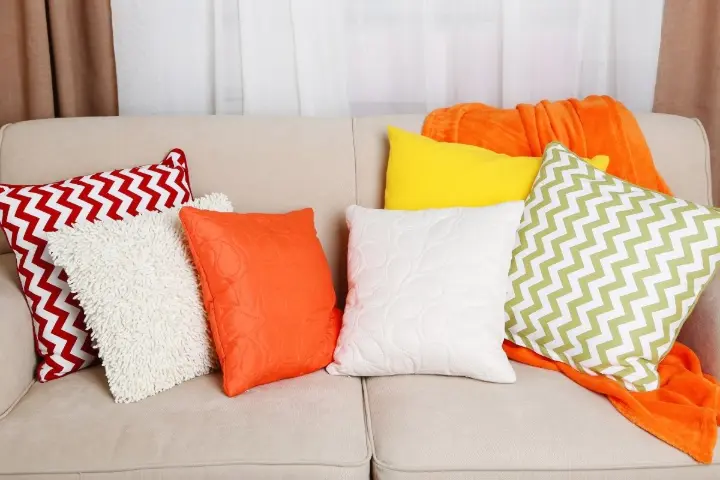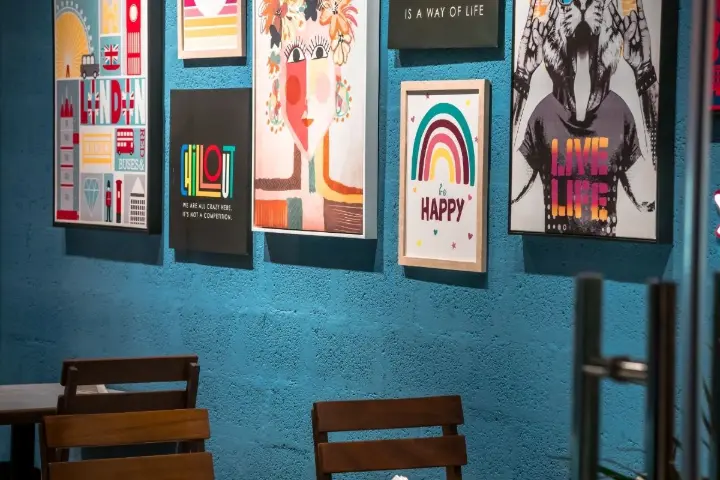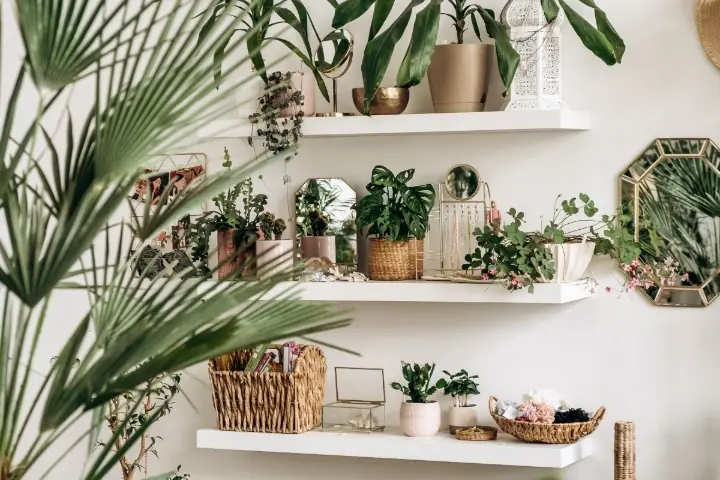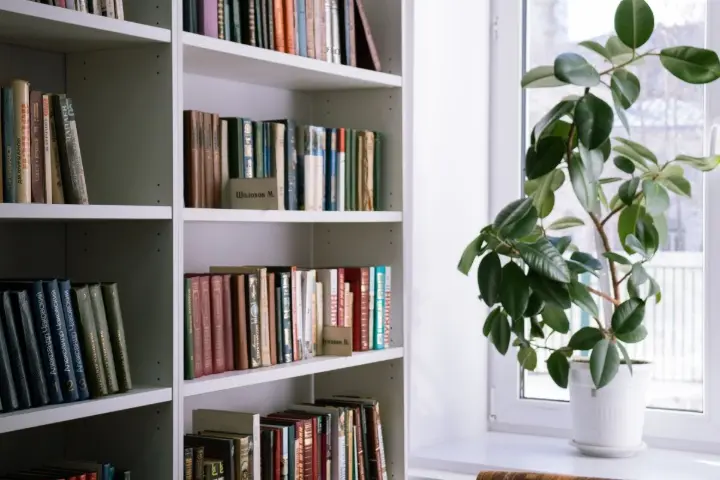Creating a stylish and functional small room can be challenging but rewarding. With a few design tricks, you can maximize space, make the room feel larger, and express your style without compromising on functionality. Here’s your guide to transforming even the smallest rooms into charming, well-organized spaces that feel open and inviting.
1. Start with a Space Assessment
- Analyze Your Room’s Layout: Take note of the room’s shape and size to determine the best layout for your furniture and decor. Recognize potential problem areas, such as a narrow shape or limited natural light, and think of ways to work around them.
- Measure and Plan: Knowing the dimensions will help you select appropriately sized furniture and avoid overcrowding.
Recommended Tool: Measuring Tape with Laser to make measuring your space quick and easy!
2. Opt for Multi-Functional Furniture
- Storage Ottomans and Benches: Choose furniture that serves dual purposes, like a storage ottoman that doubles as a coffee table or a bench with hidden storage.
- Foldable or Nesting Furniture: Furniture that can be easily folded or stacked is ideal for small rooms. Try nesting tables and foldable chairs that can be stored away when not in use.
- Wall-Mounted Desks and Shelves: These save floor space while offering work or storage surfaces. Perfect for small bedrooms or living rooms.
3. Make Use of Vertical Space
- Floating Shelves: Floating shelves, like these stylish options, keep the floor clear and create space to display books, plants, and decorative items.
- Tall Cabinets: A tall, narrow cabinet adds vertical storage without taking up much floor space, blending functionality and style.
- Hooks and Wall Organizers: Wall-mounted hooks, such as this multi-functional organizer, can be used for bags, hats, or towels, freeing up even more space.
4. Choose Light, Reflective Colors
- Opt for Light Colors: Light colors like whites, soft grays, and pastel tones reflect natural light, making the room feel larger and more open. If you prefer a pop of color, consider these soft-toned paint options.
- Use Mirrors Strategically: Mirrors, such as this sleek wall mirror, create the illusion of space by reflecting light and adding depth to a room.
- Glossy Surfaces: Glossy or reflective surfaces on furniture or decor items, like a glass coffee table or lacquered cabinet, can also help open up the room visually.
5. Create Defined Zones
- Rugs for Separation: Use area rugs like this compact rug set to define different zones. For example, a cozy reading nook can be separated from a work area with a distinct rug.
- Furniture Placement: In a combined living and sleeping area, position a sofa at the foot of the bed or use a slim console table, like this versatile option, as a visual divider.
- Strategic Lighting: Use various light sources, like these adjustable wall sconces, to create different atmospheres and define zones without using walls.
6. Incorporate Smart Storage Solutions
- Under-Bed Storage: For small bedrooms, consider under-bed storage boxes to keep things like clothing or bedding neatly tucked away.
- Storage Behind Doors: Add back-of-door organizers for shoes, accessories, or cleaning supplies, making great use of hidden space.
- Corner Shelves: Corner shelves or narrow cabinets, like this corner unit, can utilize otherwise unused spaces effectively and add personality.
7. Select the Right Scale of Furniture
- Compact, Low-Profile Furniture: Avoid oversized furniture that can overwhelm the room. Instead, opt for pieces with slim, low profiles, like this compact sofa.
- Modular Sofas: Modular sofas like this versatile option can be rearranged as needed, making them an ideal, flexible choice for small rooms.
- Transparent or Leggy Furniture: Clear furniture, like this acrylic side table, and furniture with visible legs create an open, less heavy look.
8. Add Depth with Textures and Patterns
- Layering Textures: Mix different textures, like a plush rug, smooth leather chair, or woven throw, to create a rich ambiance.
- Accent Wall or Wallpaper: Use wallpaper, like this subtle, textured wallpaper, on one wall to create a focal point without overwhelming the room.
- Textured Fabrics: Textured pillows, blankets, or curtains like these decorative throws add visual interest and warmth.
9. Keep Decor Minimal but Personal
- Limit Large Decor Pieces: Stick to a few statement pieces like a large wall art print, a tall indoor plant, or an elegant light fixture.
- Use Plants: Small indoor plants on floating shelves or tabletops add a touch of nature and brighten up the room without taking up much space.
- Rotate Decor Seasonally: Keep only essential decor pieces and rotate items like candles, small statues, or decorative bowls to keep the room fresh and inviting.
Final Touches for a Small but Stylish Room
By combining these tips, you can create a small room that feels expansive and stylish. Remember, small spaces don’t have to feel limited—maximize every inch, keep clutter to a minimum, and infuse your personality to transform the room into a stylish haven.
If you need more decor inspiration or product recommendations, check out Decormate on Pinterest! Our boards are packed with creative ideas to make any space stylish and functional.
